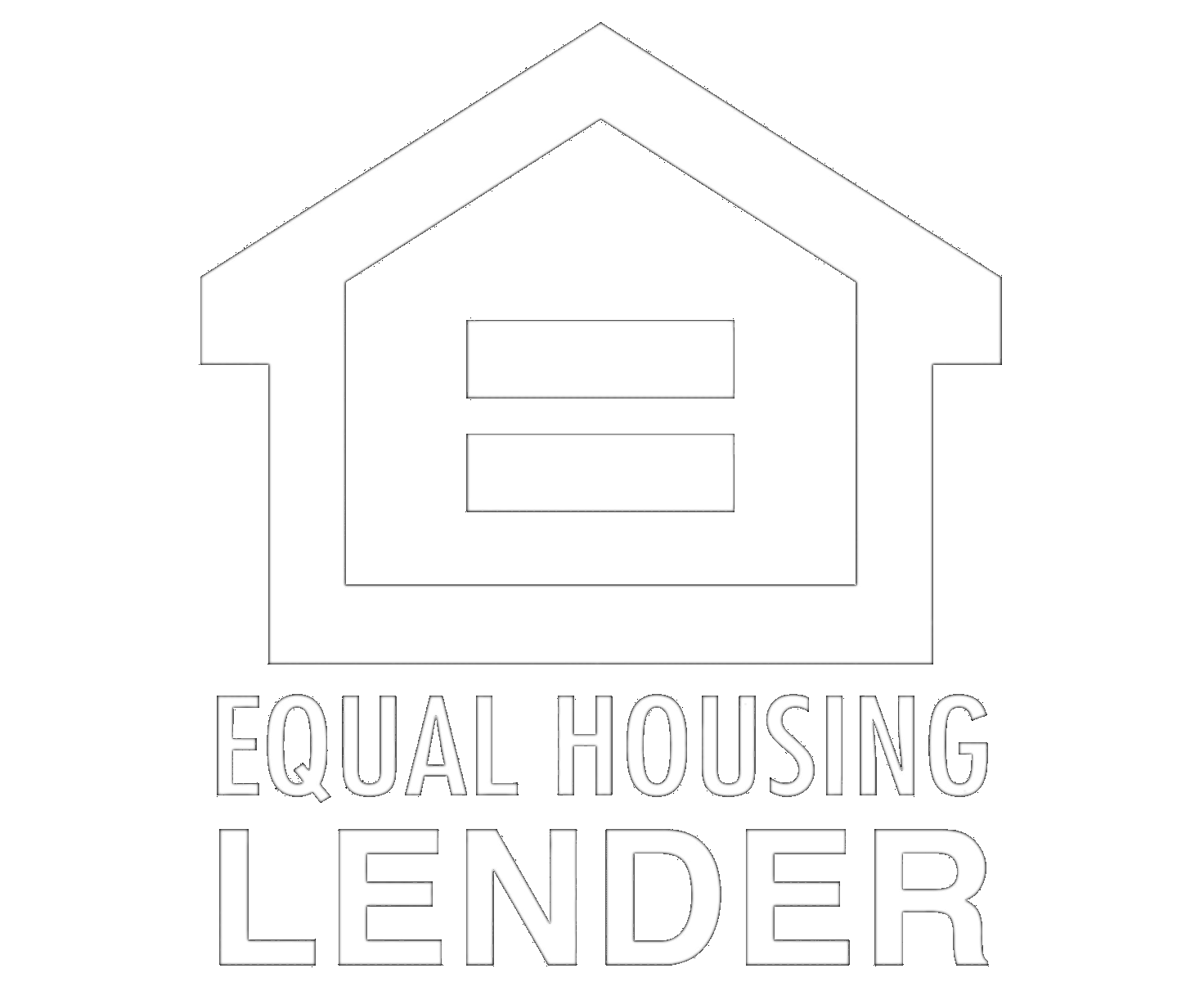Securing a home loan involves several critical steps, and getting your loan cleared to close is one of the most important. This clearance means your lender has reviewed all necessary documents, verified your financial information, and approved the loan for final processing. In this guide, we’ll walk you through the essential steps to get your loan cleared to close, including document submission, strategic offer-making, appraisal and inspection, and navigating the underwriting process. Following these steps will help you move confidently toward closing on your new home.
1. Provide Essential Documentation
To get your loan cleared to close, start by gathering and submitting the required documentation. Here’s what lenders typically need:
Income Verification: Pay stubs, tax returns, and employment history help verify your ability to repay the loan.
Current Debts: A list of existing debts helps lenders assess your financial commitments.
Credit Authorization: Grant your lender permission to access your credit report, allowing them to evaluate your creditworthiness.
Submitting these documents promptly and accurately is critical for keeping the loan process moving forward without unnecessary delays.
2. Make a Strategic Offer on the Home
Once you’ve found the perfect home, it’s time to make a well-informed offer. Here are key factors to consider:
Market Conditions: Understand current housing trends, such as whether it’s a buyer’s or seller’s market.
Comparable Home Prices: Review recent sales of similar properties to gauge a fair offer.
Necessary Repairs: Account for any repairs that might affect the home’s value or your offer price.
A carefully crafted offer not only improves your chances of acceptance but also moves you one step closer to closing.
3. Appraisals and Inspection
After the seller accepts your offer, the property will undergo an appraisal and inspection. These steps are crucial for your loan approval and protection as a buyer:
Appraisal: This determines if the home’s value matches the loan amount. If the appraisal comes in lower than expected, you may need to renegotiate or adjust the loan terms.
Inspection: A thorough inspection identifies potential issues, from structural concerns to minor repairs. Addressing these issues can prevent future problems and protect your investment.
These assessments provide valuable insight into the home’s condition and help secure your loan.
4. Get Approved by Underwriting
Underwriting is the lender’s process of evaluating your financial situation in depth. During this phase, underwriters examine factors such as:
Income and Employment Stability: A steady income reassures lenders of your repayment ability.
Credit History: A strong credit score demonstrates reliable borrowing and repayment habits.
Financial Soundness: Lenders assess your overall financial health to ensure loan suitability.
Successfully passing underwriting is a vital step, as it confirms your financial readiness for the loan and allows you to proceed toward closing.
5. Understand the Debt-to-Income (DTI) Ratio
The debt-to-income ratio is a critical metric that lenders use to evaluate your ability to manage monthly mortgage payments. A lower DTI ratio generally increases your chances of loan approval. Here’s why it matters:
Shows Financial Stability: A lower DTI indicates you can manage existing debts while taking on new payments.
Improves Loan Approval Likelihood: Lenders prefer borrowers with a lower DTI, as it suggests less financial strain.
Monitoring and managing your DTI can significantly improve your chances of moving forward with a successful loan application.
6. Maintain Open Communication with Your Lender
Effective communication with your lender is essential throughout the loan process. Staying in touch can help prevent misunderstandings, delays, and missed requirements. Here’s how to keep communication open:
Respond Promptly: Quickly provide any additional information or documents your lender requests.
Follow Up: Regularly check in with your lender for updates on your loan’s progress.
Ask Questions: Don’t hesitate to ask for clarification on any part of the process you’re unsure about.
Strong communication with your lender reduces potential delays and ensures you stay on track for a timely closing.
Summary of Steps to Get Your Loan Cleared to Close
Here’s a quick recap of the steps to ensure a successful loan clearance for closing:
Submit Documentation: Provide accurate income, debt, and credit information to your lender.
Strategize Your Offer: Make a well-informed offer considering market trends, home value, and repairs.
Complete Appraisal and Inspection: Confirm the home’s value and condition to secure the loan.
Pass Underwriting: Meet all financial criteria for final loan approval.
Monitor Your DTI Ratio: A lower debt-to-income ratio enhances loan acceptance chances.
Stay in Touch with Your Lender: Open communication ensures you stay informed and ready for each step.
Following these steps will help you achieve a smooth and timely closing on your home purchase.
Related Articles:
Understanding the Mortgage Pre-Approval Process
Top Tips for First-Time Homebuyers




